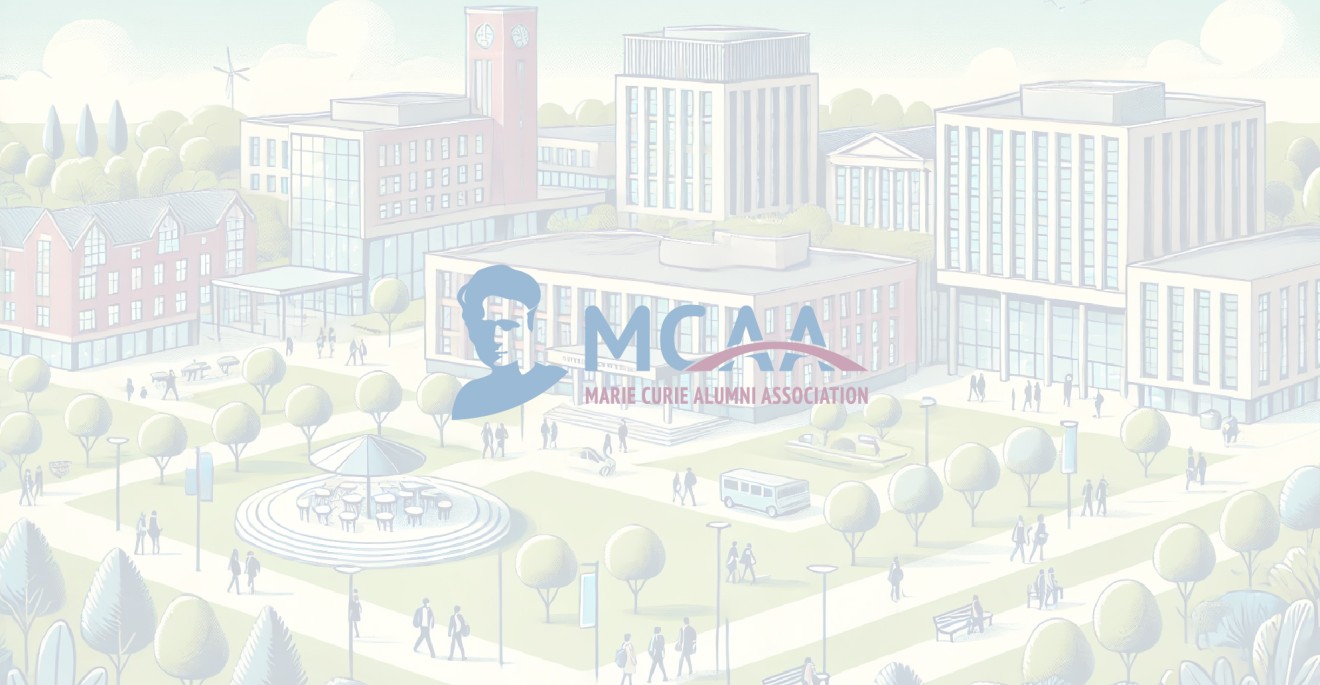New uses for old drugs: the magic of nanoparticle wrapping

Everybody in their life have a friend or a family member who has or suffered from cancer. This should not be a surprise: 1.93 million of people died from cancer in Europe in 2018. The disease affects differently to youngsters and adults. The most common cancer types in adults are lung, colorectal, breast and pancreatic cancer. In children and teenagers, on the other side, lymphoma, brain cancer and osteosarcoma are most frequently seen.
Osteosarcoma is a bone tumour that affects mainly children and adolescents, having a second peak of incidence over the age of 50. In the first group, it occurs usually in long bones such as femur and tibia, while in the second it localizes mainly to skull, jaw and pelvis.
The current treatment options include surgery and chemotherapy. The first consists on the complete removal of the tumour, and it is always used, if possible. By contrast, chemotherapy is used to reduce the tumour size and eliminate metastatic cells that are able to spread from bones to other parts of the body, for example, lungs. Thanks to the implementation of chemotherapy in ‘70s the survival rate has improved substantially, reaching 65% in the first 5 years after cancer therapy. However, when osteosarcoma becomes metastatic, and spreads from bone to distal tissues of the body, survival rate drops to 20%. This number has remained unchanged in the last 30 years. That’s why novel approaches are required to develop new therapies.
The development of novel drugs from scratch takes a lot of time and money, and osteosarcoma is not so prevalent a disease as to move big pharma companies to undertake such an effort. However, there is an alternative that looks more appealing: drug repositioning. This is based on recycling an already available chemotherapeutic agent from one disease to another. It is a relatively rapid and cost-efficient approach, as much of the work (biocompatibility studies, manufacturing, authorities’ approval…) is already done. My PhD project in focused in repositioning drugs from other cancer types into the treatment of paediatric osteosarcoma. To do so, the approach is not as simple as screening other-cancers drugs on osteosarcoma…we have added something else: nanotechnology.
The main drawback of chemotherapy is the production of undesirable, serious side effects. We intend to ameliorate them with help of nanotechnology. Nanoparticles are tiny particles of different materials that have a span between 1 and 100 nm (1 nm = 10-9 m) in diameter. Inadvertently, they had been around in human crafts for a couple thousand years. Stained glass in the windows of ancient Cathedrals contain gold or silver nanoparticles that give them different colours depending on particle’s characteristics, such as size and shape. Recent advancements in nanotechnology have broaden our understanding of nanomaterials and how we can use them to improve the quality of people’s life. There is much attention in cancer treatment, as many nanoparticles are biocompatible and, by acting as vehicles and vectors in drug delivery, they may have the ability to reduce the toxicity and side-effects of chemotherapeutic agents. Nanoparticles can be tuned up in order to perform different functions. Their surface can be chemically modified to direct them specifically towards the tumour site, or at least towards the tumour tissue, reducing undesired side effects in other tissues. Surface characteristics can also protect them from the immune system, or make them scape from kidney cleansing, thus increasing their time in the blood stream. A particular quality of nanoparticles makes them especially attractive for the delivery of cytotoxic drugs: they can respond to selected stimuli. Nanoparticles can be designed in such a way that they will only release drugs in response to changes in pH, changes in temperature, presence of blue light, presence of a magnetic field… This offers the possibility, for the first time in cancer treatment, of being selective, of damaging the tumour cells and not others. If we focus one selected stimulus at the tumour site, nanoparticles circulating in the blood stream will be guarding their toxic cargo until they reach the precise site where the stimulus is given, this is, the tumour, leaving other tissues safe. In conclusion, nanotechnology can help us reduce dosage and increase specificity of cancer drugs, making chemotherapy more efficient and less life-disturbing for the patient. For these reasons, the combination of nanotechnology with drug repositioning is a promising candidate for osteosarcoma, and we believe it will be incorporated in the preoperational treatment regime of osteosarcoma.
Liliya Kazantseva


